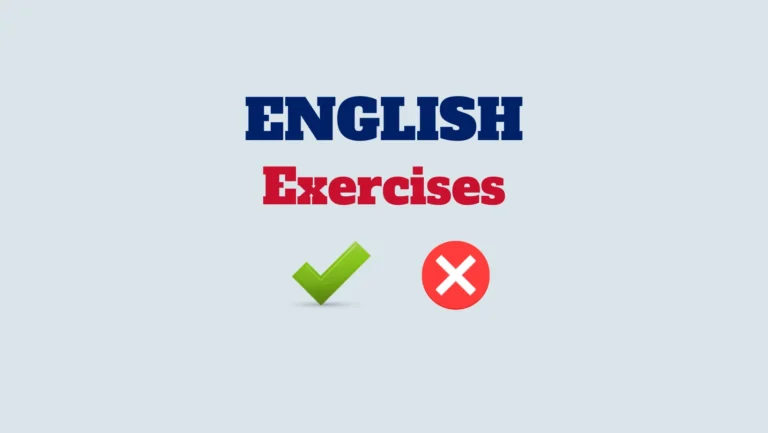The present perfect continuous tense is used to express an ongoing action or state that started in the past, continues into the present, and may continue into the future.

Here’s how to form present perfect continuous affirmative sentences:
Structure:
Subject + Have/Has + been + Present participle (Base form + –ing) of the Main Verb + Complements or additional information
Examples:
I have been working on this project.
She has been studying for the exam.
We have been living in this city for two years.
They have been playing soccer.
The sun has been shining all day.
Table: Present perfect continuous – Affirmative
| Subject | Present perfect continuous – affirmative | Examples |
|---|---|---|
| I | I have been + present participle | I have been working on this project for two hours. |
| You | You have been + present participle | You have been studying Spanish for a long time. |
| He/She/It | He/She/It has been + present participle | She has been practicing the piano all afternoon. |
| We | We have been + present participle | We have been waiting for the train since morning. |
| You (plural) | You have been + present participle | You have been exercising regularly. |
| They | They have been + present participle | They have been renovating their house for weeks. |
Usage of present perfect continuous – affirmative:
Expressing continuous actions:
Used to describe actions that started in the past, are still ongoing, and may continue into the future.
Example:
I have been learning Spanish.
Describing the duration of an action:
Used to indicate the length of time an action has been happening.
Example:
They have been renovating their house for months.
Talking about temporary states:
Used for temporary states or conditions that have been ongoing.
Example:
She has been feeling unwell.
Highlighting repetitive actions:
Used to emphasize repetitive or habitual actions over a period.
Example:
We have been meeting every week.
Common mistakes to avoid:
Incorrect: I have been working on this project since two hours.
Correct: I have been working on this project for two hours. (Use “for” to indicate duration.)
Incorrect: She has been knowing him for a long time.
Correct: She has known him for a long time. (Use the base form of the verb “know” for states.)
Understanding how to form and use present perfect continuous affirmative sentences allows you to convey ongoing actions or states with a connection to the present in English. Practice constructing sentences in the present perfect continuous tense to enhance your language skills. Happy learning!



